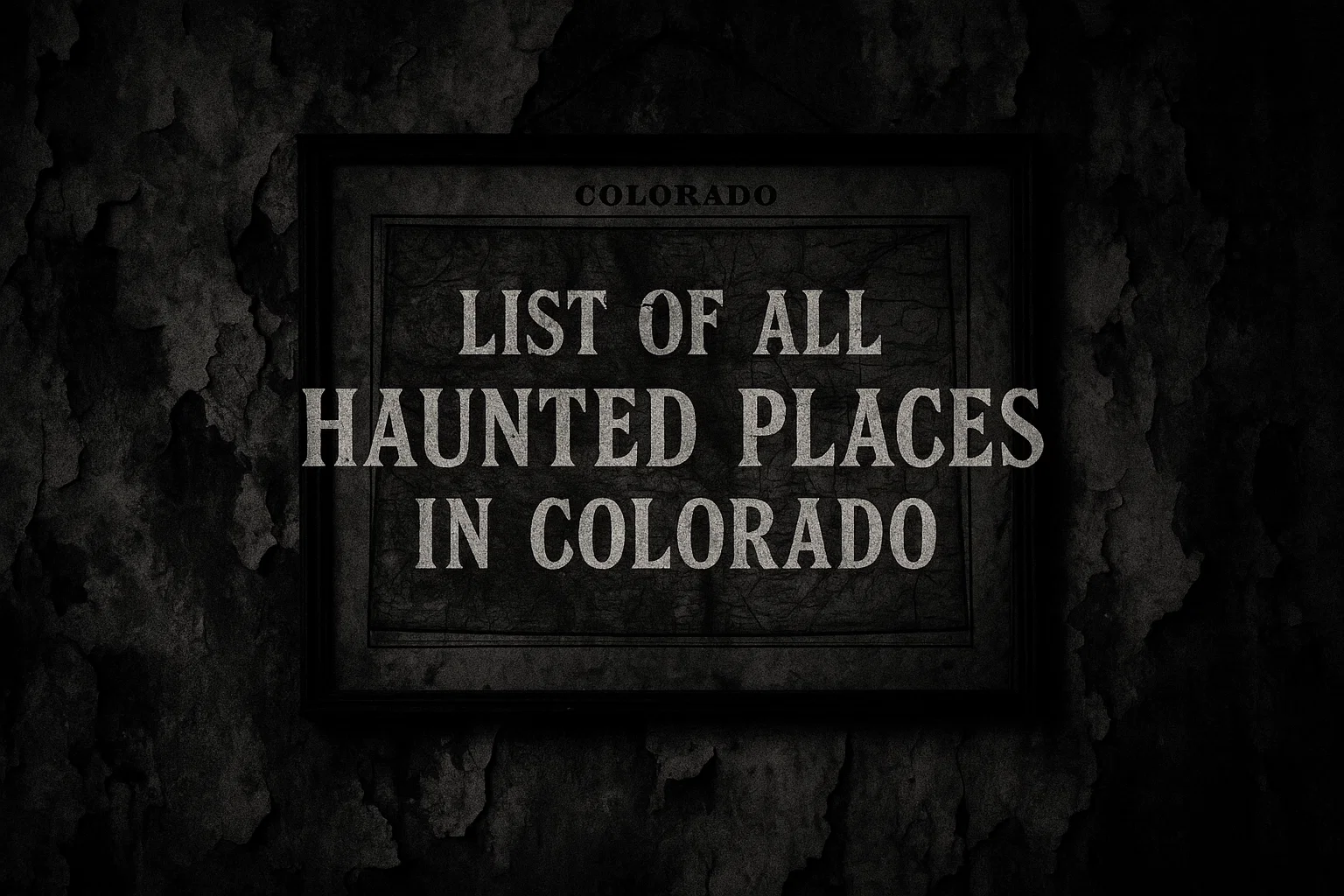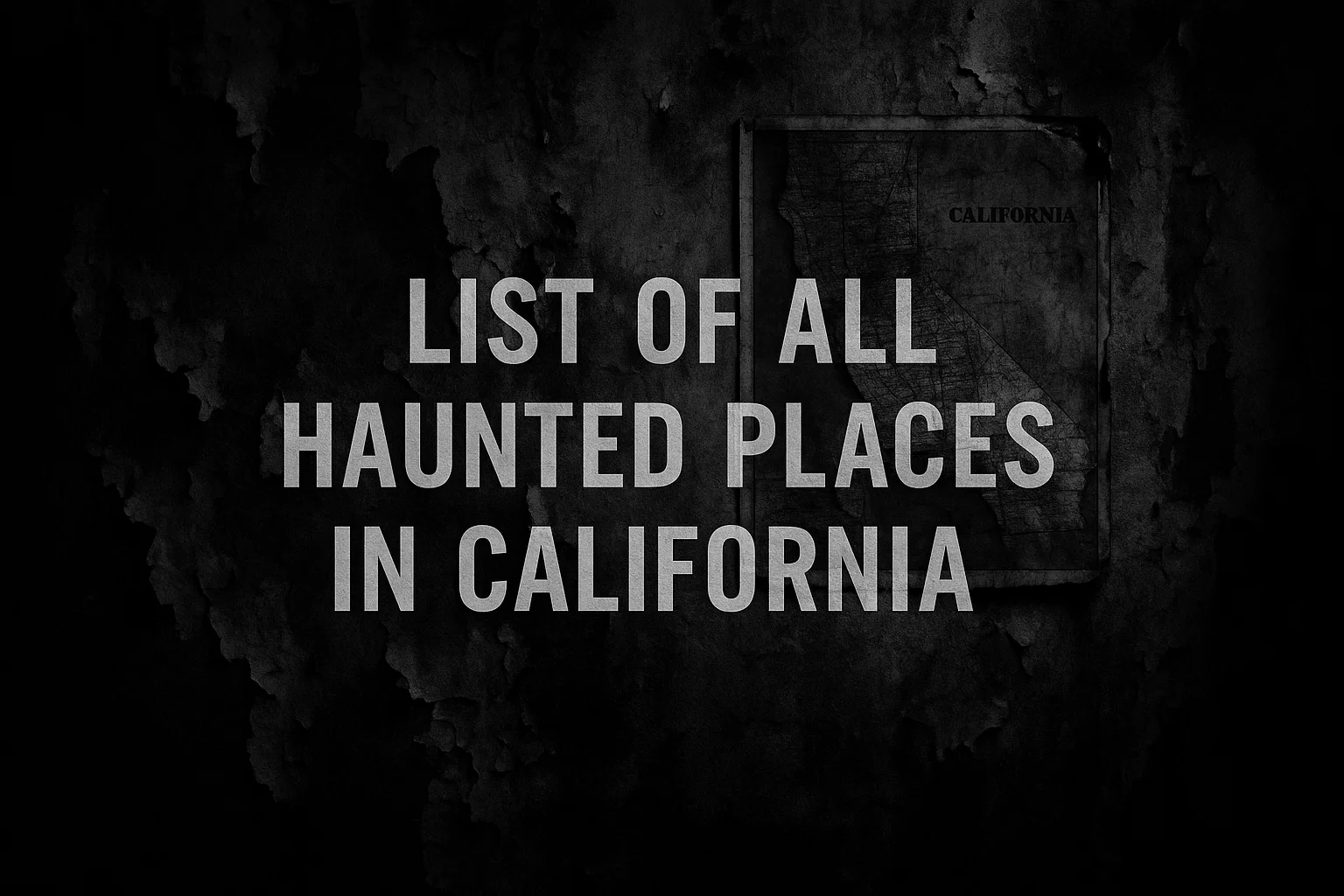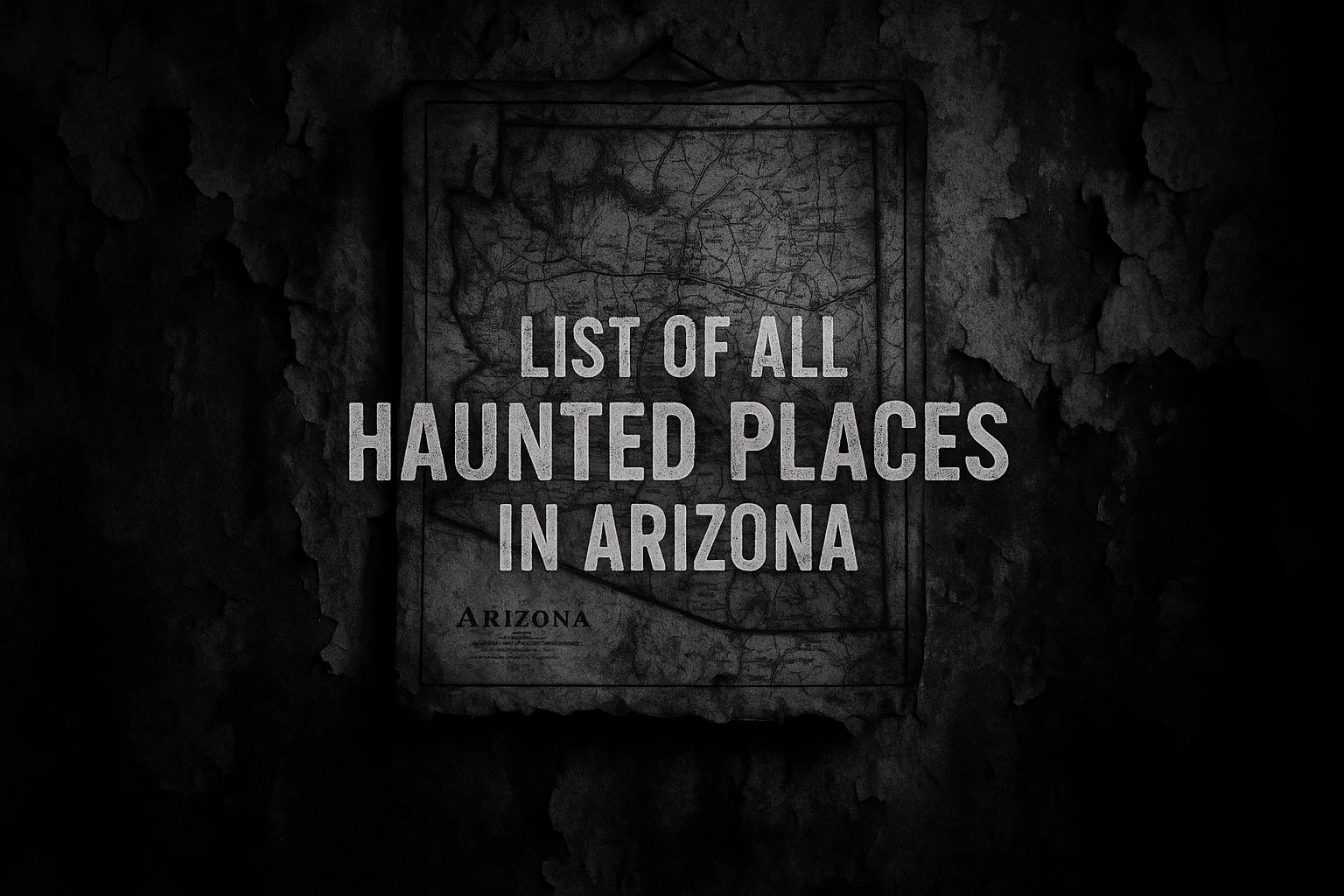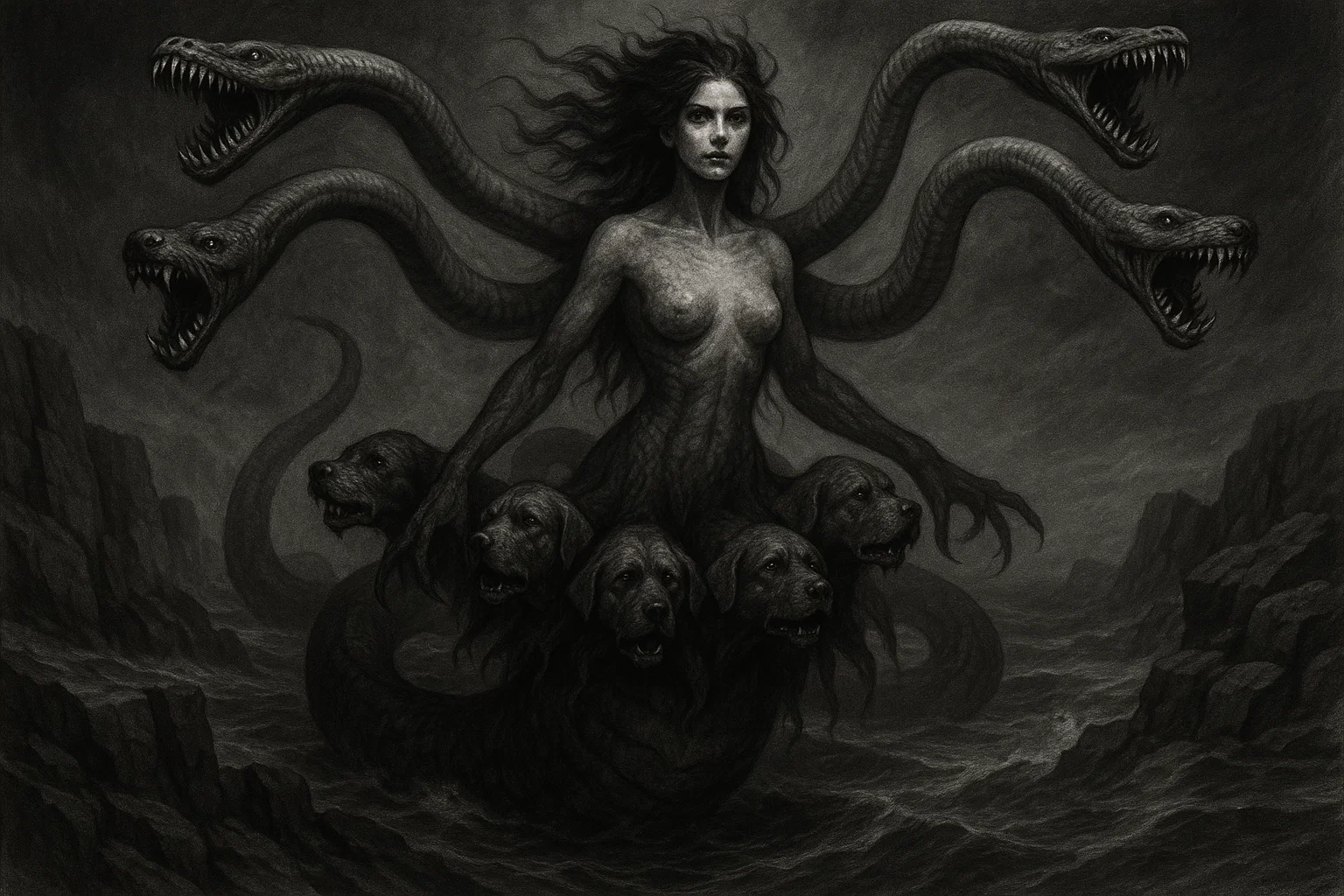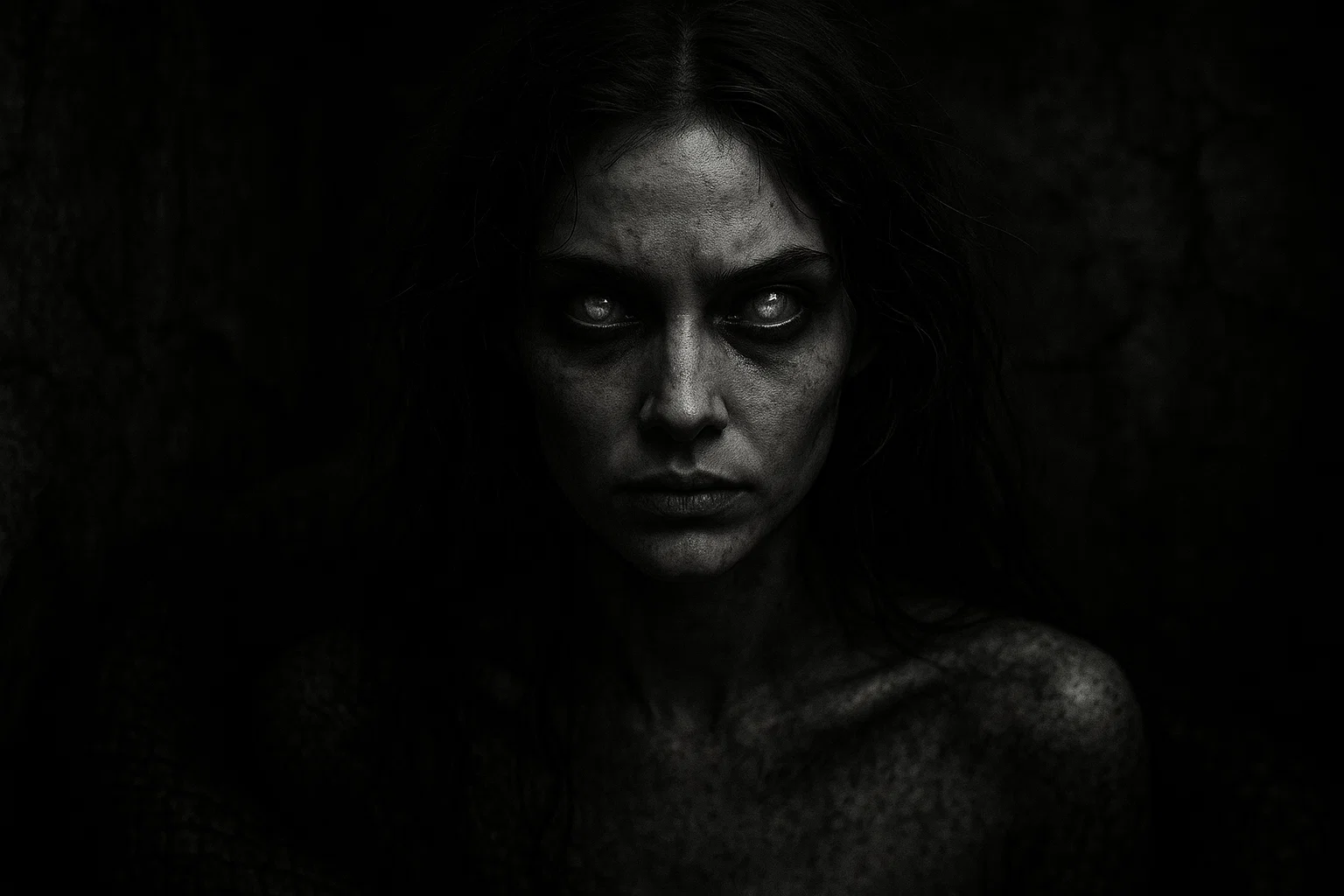Who is the demon Amon? A bizarre creature with the ferocity of a wolf, flames erupting from its maw, or a human figure with a raven’s head, its canine teeth gleaming with otherworldly menace.
Amon, also known as Aamon or Ammon, is a commanding presence in Goetic demonology, holding the rank of Marquis and governing 40 legions of spirits. Renowned for revealing the secrets of past and future, reconciling friendships, and possibly igniting disputes, Amon embodies both wisdom and discord.
His origins likely trace to the Egyptian god Amun-Ra or the Punic Baal Hammon, blending ancient divinity with infernal power.
Summary
Key Information About Amon
| Attribute | Details |
|---|---|
| Name | Amon (Aamon, Ammon) |
| Titles | Marquis of Hell |
| Appearance | Wolf with serpent’s tail, vomiting flames; human form with raven’s or owl’s head and canine teeth |
| Pantheon | Goetic Demonology |
| Equipment/Tools | None specified |
| Associated Gem | Bloodstone, Red Jasper |
| Associated Color | Violet, Brown, Blue, Red |
| Astrological Influence | Mars, Aries or Scorpio (speculative) |
| Equivalents | Egyptian god Amun-Ra, possibly Baal Hammon |
| Alignment | Chaotic Neutral (speculative) |
| Opposing Angel/Saint | Archangel Achaiah, Saint Bartholomew |
| Number of Legions | 40 |
| Superior Demon | Satanachia, Astaroth (speculative) |
| Region of Hell | Not specified |
What Is the Meaning of Amon’s Name?
The name Amon carries a rich tapestry of etymological significance, likely rooted in ancient mythologies.
The most compelling theory ties it to the Egyptian god Amun or Amun-Ra, a deity revered as “the hidden one” for his omnipresent yet invisible nature. Amun’s name, derived from the Egyptian root “imn” (to conceal), reflects his role as a creator god who embodies hidden knowledge, a trait mirrored in Amon’s ability to reveal past and future events.
This connection suggests that Amon’s demonic persona was crafted to inherit Amun’s attributes of wisdom and authority, albeit twisted into an infernal context.
Another plausible origin is the Punic god Baal Hammon of Carthage, a fertility and weather deity whose name translates to “Lord of the Incense Altar.” Baal Hammon’s association with ram horns and sacrificial rituals parallels Amun’s iconography, suggesting a syncretic influence on Amon’s development.
You May Also Like: The Lobizon Legend: Werewolf, Curse, or Cryptid?
The demonization of such deities in Christian theology likely transformed these divine figures into malevolent entities, with Amon emerging as a synthesis of their attributes.
A less direct but notable influence comes from Hebrew, where “amon” means “faithful” or “trustworthy.” This etymology introduces an ironic twist, as Amon is linked to deception and feuds in some texts, such as the Ars Goetia. The name’s phonetic strength, evoking power and mystery, aligns with Amon’s commanding presence as a Marquis.
Variations like Aamon or Ammon arise from scribal differences across grimoires, but all preserve the name’s authoritative tone, making Amon a compelling subject for those exploring the linguistic roots of demonology.
Historical and Mythological Background
Amon’s historical and mythological roots are a complex interplay of ancient divinity and Christian demonology, reflecting the transformation of revered gods into infernal entities.
The most significant influence appears to be the Egyptian god Amun-Ra, a central figure in the New Kingdom (c. 1550–1070 BCE), often depicted with a ram’s head or blue skin, symbolizing creation, the sun, and kingship.
Amun-Ra’s cult was among the most powerful in ancient Egypt, with vast temples like Karnak dedicated to his worship. His epithet, “the hidden one,” and his role as a divine oracle resonate with Amon’s prophetic abilities, suggesting that early Christian demonologists repurposed Amun-Ra’s attributes to craft a demon of hidden knowledge and authority.
Another likely source is Baal Hammon, the chief god of Carthage (c. 9th–2nd century BCE), associated with fertility, weather, and ram imagery. Baal Hammon’s worship, which included offerings and possibly child sacrifice, was viewed with horror by later Jewish and Christian writers, making him a prime candidate for demonization.
The similarity between Baal Hammon’s horned depictions and Amun-Ra’s ram-headed form likely contributed to a syncretic blending, with Amon emerging as a composite figure embodying both deities’ power and mystique.
Demonization was a deliberate strategy in Christian theology to undermine pagan religions. As noted by early Christian writers like Saint Augustine in The City of God (426 CE), pagan gods were often considered demons deceiving humanity: “All the gods of the Gentiles are demons, but the Lord made the heavens.”
This theological shift transformed figures like Amun-Ra and Baal Hammon into malevolent entities, with Amon inheriting their attributes of prophecy, authority, and elemental power, albeit recast as infernal.
Amon first appears in demonological literature in Johann Weyer’s Pseudomonarchia Daemonum (1577), a seminal work cataloging 69 demons during the height of Europe’s witch trials (15th–17th centuries).
You May Also Like: The SS Ourang Medan’s Last Call | Horror Story
Weyer, a Dutch physician, and occultist, aimed to temper the era’s witch-hunting hysteria by arguing that demons were not as malevolent as claimed, yet his descriptions, including Amon’s, fueled fascination with the occult. In this text, Amon is a Marquis commanding 40 legions, known for his wolf-like form and prophetic powers.
The Ars Goetia, part of the 17th-century Lesser Key of Solomon and edited by S.L. MacGregor Mathers and Aleister Crowley in 1904, builds on Weyer’s work, adding that Amon can procure feuds, highlighting his dual role as reconciler and divider. This duality reflects the complex nature of Goetic demons, who serve both beneficial and destructive purposes depending on the summoner’s intent.
Jacques Collin de Plancy’s Dictionnaire Infernal (1863), a comprehensive encyclopedia of the supernatural, further popularizes Amon, linking him explicitly to Amun-Ra and describing his blue-skinned, owl-headed variant, which influenced later visual depictions.
Amon’s role in medieval occultism likely appealed to practitioners seeking wisdom or social influence during turbulent times. His prophetic abilities made him a valuable ally for those navigating political intrigues or personal disputes, while his reconciling powers offered hope for mending broken relationships.
Unlike demons like Baal, derived from a single deity, Amon’s composite nature—blending Egyptian, Punic, and possibly Hebrew influences—sets him apart as a uniquely syncretic figure in demonology.
Comparisons with Other Gods
Beyond Amun-Ra and Baal Hammon, Amon’s attributes invite comparisons with other deities, though direct links are speculative.
In Greek mythology, Apollo, the god of prophecy, music, and healing, shares Amon’s oracular role, but lacks the animalistic imagery of wolves or ravens. Apollo’s association with the sun, however, parallels Amun-Ra’s solar attributes, suggesting a thematic overlap in their divine authority.
Similarly, Hermes, the Greek messenger god, could align with Amon’s role in communication and reconciliation, but his trickster nature is less pronounced.
In Norse mythology, Odin offers a closer parallel, with his ravens Huginn and Muninn (thought and memory) mirroring Amon’s raven-headed form and prophetic powers. Odin’s association with wolves, such as Geri and Freki, further echoes Amon’s lupine imagery, though Odin’s divine status contrasts with Amon’s demonic role.
You May Also Like: Hinton Ampner Haunting: A Tale of Terror in Hampshire
These comparisons, while intriguing, are less direct than the Egyptian and Punic influences, as Amon’s animalistic and fiery traits are more characteristic of Near Eastern deities.
The Mesopotamian god Marduk, a storm and creator deity, shares Amon’s commanding presence and elemental power, particularly through his association with fire and serpentine imagery.
However, Marduk’s role as a heroic figure contrasts with Amon’s infernal nature, making Amun-Ra and Baal Hammon the most likely sources for his creation.
Amon Historical Mentions
The following table summarizes Amon’s appearances in key historical texts, providing a chronological overview of his depiction:
| Text/Grimoire | Year | Description | Notable Details |
|---|---|---|---|
| Pseudomonarchia Daemonum | 1577 | Powerful Marquis, rules 40 legions | Authored by Johann Weyer; describes Amon as a wolf with a serpent’s tail, human form with raven’s head; knows past and future, procures favor, reconciles friends and foes |
| Ars Goetia (Lesser Key of Solomon) | c. 1650 | Seventh spirit, Marquis great in power | Compiled from earlier sources; edited by S.L. MacGregor Mathers and Aleister Crowley in 1904; adds ability to procure feuds |
| Dictionnaire Infernal | 1863 | Tall and powerful Marquis, commands 40 legions | Authored by Jacques Collin de Plancy; associates Amon with Egyptian god Amun-Ra, depicted with blue skin or owl’s head |
Pseudomonarchia Daemonum (1577, Johann Weyer):
“Amon, or Aamon, is a great and mightie marques, and commeth abroad in the likeness of a woolfe, having a serpents taile, and breathing out and vomiting flames of fier; when he putteth on the shape of a man, he sheweth out dogs teeth, and a great head like to a mightie raven; he is the strongest prince of all other, and understandeth of all things past and to come, he procureth favor, and reconcileth both freends and foes, and ruleth fourtie legions of divels.”
Ars Goetia (17th century):
“The Seventh Spirit is Amon. He is a Marquis great in power, and most stern. He appeareth like a Wolf with a Serpent’s tail, vomiting out of his mouth flames of fire; but at the command of the Magician he putteth on the shape of a Man with Dog’s teeth beset in a head like a Raven; or else like a Man with a Raven’s head (simply). He telleth all things Past and to Come. He procureth feuds and maketh love between friends. He governeth 40 Legions of Spirits.”
Dictionnaire Infernal (1863, Jacques Collin de Plancy):
“Amon ou Aamon, marquis de l’empire infernal, qui se fait voir sous la figure d’un loup à queue de serpent, et qui vomit des flammes; quand il prend la figure humaine, il a la tête d’un chat-huant avec des dents de chien. Il connaît le passé et l’avenir, réconcilie les amis et les ennemis, et commande quarante légions.”
Translation (for context):
“Amon or Aamon, marquis of the infernal empire, appears as a wolf with a serpent’s tail, vomiting flames; in human form, he has the head of a screech owl with dog’s teeth. He knows the past and future, reconciles friends and enemies, and commands forty legions.”
What Does Amon Look Like?
Amon’s appearance is both fearsome and symbolic, blending animalistic ferocity with intellectual mystique.
The Ars Goetia describes him as a wolf with a serpent’s tail, vomiting flames, embodying primal power and elemental chaos. When commanded, he assumes a human form with a raven’s or owl’s head, featuring canine teeth, which underscores his wisdom and predatory nature.
The wolf signifies strength and independence, the serpent’s tail cunning, and the raven or owl head foresight, aligning with his prophetic abilities.
The Dictionnaire Infernal notes an owl-headed variant, emphasizing nocturnal insight, possibly reflecting his connection to hidden knowledge.
Amon’s Powers and Abilities
Amon wields a versatile array of powers, making him a sought-after entity in Goetic practice:
- Divination: Reveals all things past and future, offering profound insights.
- Reconciliation: Resolves disputes and reconciles friends, aiding in relationship repair.
- Procuring Feuds: Can instigate conflicts, showcasing a dual nature.
- Love Magic: Procures love or favor, useful for romantic or social influence.
These abilities position Amon as a demon of both harmony and discord, capable of serving diverse purposes.
Amon’s Role in the Hierarchy of Hell
As a Marquis of Hell, Amon commands 40 legions, placing him among the upper echelons of the infernal hierarchy. Marquises govern specific functions, serving under kings and princes like Lucifer or Astaroth.
His role likely involves overseeing matters of knowledge and relationships, reflecting his Martian influence and combative appearance.
You May Also Like: The Stockwell Poltergeist: Who Was the Stockwell Ghost?
Speculative sources suggest he may be a subordinate of Satanachia or an assistant to Astaroth, though primary grimoires focus on his independent authority.
Astrological Associations and Correspondences
Amon’s astrological ties are primarily linked to Mars, the planet of war and energy, aligning with his wolf-like form and feud-provoking powers.
Mars rules Aries (March 21–April 19) and Scorpio (October 23–November 21), suggesting peak influence during these periods. Aries embodies conflict and leadership, while Scorpio reflects transformation and hidden knowledge, suiting Amon’s prophetic role.
His elemental association is Fire, tied to his flame-vomiting form.
His correspondences include:
- Colors: Violet (spirituality), brown (earth), blue (wisdom), red (Mars).
- Gems: Bloodstone (courage), red jasper (strength).
- Metals: Iron (endurance), steel (resilience).
- Herbs: Nettle (protection), thistle (aggression).
- Incense: Dragon’s blood (power), tobacco (spirit communication).
- Time of Power: Tuesday (Mars’ day), Martian hours, Aries/Scorpio seasons.
The following table summarizes these correspondences:
| Correspondence | Associated Item | Meaning |
|---|---|---|
| Planet | Mars | War, aggression, energy |
| Zodiac Signs | Aries, Scorpio | Aries: Conflict, leadership; Scorpio: Transformation, secrets |
| Day of Week | Tuesday | Ruled by Mars |
| Colors | Violet, Brown, Blue, Red | Violet: Spirituality; Brown: Earth; Blue: Wisdom; Red: Mars |
| Gems | Bloodstone, Red Jasper | Bloodstone: Courage; Red Jasper: Strength |
| Metals | Iron, Steel | Iron: Strength; Steel: Resilience |
| Herbs | Nettle, Thistle | Nettle: Protection; Thistle: Aggression |
| Incense | Dragon’s Blood, Tobacco | Dragon’s Blood: Power; Tobacco: Spirit communication |
| Time of Power | Tuesday, Martian hours, Aries/Scorpio seasons | Aligns with Mars’ influence |
How to Summon the Demon Amon?
Summoning Amon follows Goetic protocols, requiring purification through fasting or meditation, drawing his sigil in red or black ink, and creating a protective circle with chalk or salt.
Invocations, often in Latin, call him forth, with offerings like frankincense or red candles aligning with his Martian energy. Respect is crucial, as Amon’s stern nature demands authority. Post-ritual banishing ensures his departure, protecting the summoner from lingering effects.
Amon Sigil
Amon’s sigil, a geometric design from the Ars Goetia, features radiating lines and curves, symbolizing his authority and prophetic powers. Drawn in red or black ink, it serves as a ritual focal point, placed on altars, or worn as a talisman to connect with Amon’s energy.
Amon in Modern Media and Pop Culture
Amon appears in video games like Shin Megami Tensei, where he is a powerful demon with fire-based attacks, reflecting his flame-vomiting form. In occult fiction, he may feature in stories involving prophecy or demonic hierarchies, maintaining his niche but evocative presence.
Comparison of Amon with Other Demons
| Demon Name | Key Powers | Hierarchy Rank | Opposing Angel |
|---|---|---|---|
| Agares | Earthquakes, languages, movement | Duke | Archangel Michael |
| Akesoli | Inflicts pain, serves Amaimon | Servant | Archangel Uriel |
| Alloces | Astronomy, liberal sciences, familiars | Duke | Archangel Michael |
| Paimon | Arts, sciences, visions | King | Archangel Raphael |
| Vassago | Past/future revelation, good-natured | Prince | Archangel Gabriel |
| Barbatos | Animal voices, treasures | Duke | Archangel Uriel |
| Bael | Invisibility, wisdom | King | Archangel Raphael |
| Asmodai | Geometry, sciences, treasures | King | Archangel Raphael |
Conclusion
Amon, the wolf-headed Marquis of Hell, captivates with his prophetic insight and relational powers. From his likely origins as Amun-Ra or Baal Hammon to his Goetic portrayal, he embodies wisdom, conflict, and transformation.
Whether sought for foresight or to mend bonds, Amon remains a compelling figure in occult lore and modern media.



